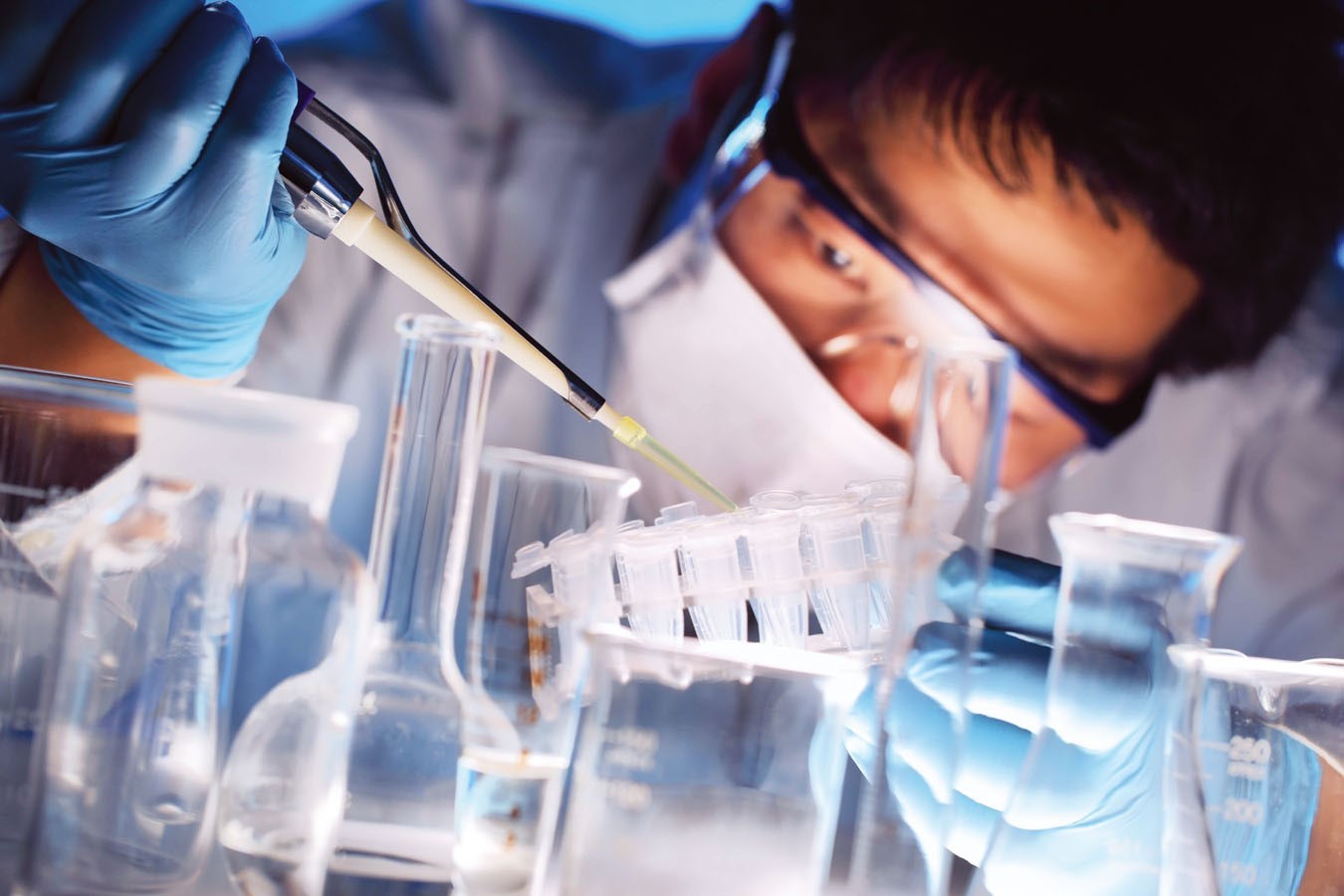IBM specialists want to stop the epidemic of Escherichia coli.

Five years ago, a very unpleasant incident occurred in Germany. One of the products that are considered beneficial to health, has caused the outbreak of E. coli E. coli. Then 53 people died, and many times more were hospitalized - 4000 people. All of these people were infected with E.coli, Escherichia coli, which causes severe diarrhea and can cause kidney failure in some infected people.
German scientists and local authorities only after two months established the cause of the problem. It turned out to be germinated beans, which were sold in many grocery stores. If the cause had been found earlier, then the epidemic would simply not exist, since the source of the problem would have been eliminated. IBM decided to develop a method for quickly detecting the source of diseases caused by E.coli, Salmonella and Norovirus.
This method uses big data analysis and machine learning. “We thought about why this investigation took so much time ... and what can be done to speed up the process,” said JeffWelser, vice president of IBM Research.
')
The development of the method took three years. During this time, a tool was created to simulate the spread of infection, which can be used immediately after reports of the rapid infection of an intestinal infection of a number of people appear. Once the number of cases reaches 10 people or more, you can begin to work with the developed method.
First you need to examine what is in most grocery stores - inventory documentation. Namely - data on what products and at what time were sold. This information is collected automatically using barcode scanners directly in supermarkets or regular grocery stores. All this is analyzed, structured and compared with the time of illness of various people. Using a new technique, for a few hours you can get a list of 3-5 "suspects." We are talking about food that could be the source of the spread of infection.
According to the authors of the methodology, this technique is much more effective and efficient than the usual questioning about the products they consumed in the previous 10 days. It is clear that a person simply cannot recall all the food eaten. After the lists are compiled, there is a “manual” search for possible sources of infection. The method proposed by IBM allows studying the spread of the disease much faster and more efficiently.
So far, only data from grocery stores are used. This is not enough, since the source of about 40% of intestinal diseases are restaurants and cafes. Now a group of IBM specialists are working to improve their methodology, planning to add data on cafes, restaurants, and fast food chains.
Accelerating the discovery of the source of the infection will not only help save lives and health, but will also save millions of dollars. During the investigation, the authorities are trying to eliminate all potential sources of infection, including a number of food products that are supplied by farms. In 2011, this led to a loss of 115 million euros - as many farmers lost after it became aware of the epidemic.

The fact is that the German authorities at first suspected not sprouted beans, but cucumbers from Spain. And although after a while it turned out that cucumbers were not to blame for anything, the authorities initially banned the supply of these vegetables, and farmers lost millions of dollars. Many TV channels and media outlets talked about killer cucumbers. As a result, even after the end of the epidemic, cucumbers from Spain became not a very desirable commodity in the grocery chains of Germany and other European countries.
If the problem could be localized immediately, none of this would have happened - neither a large-scale epidemic with a number of deaths, nor losses for farmers.
Developed by IBM specialists, the technique was tested in Norway. After infecting 17 people with E. coli in Norway, scientists analyzed about 2,600 different products in accordance with their methodology and created a list of 10 “suspects”. After that, food samples from the list were analyzed in the laboratory and it turned out that sausages of a number of species became the source of distribution of E. coli.
Source: https://habr.com/ru/post/309908/
All Articles